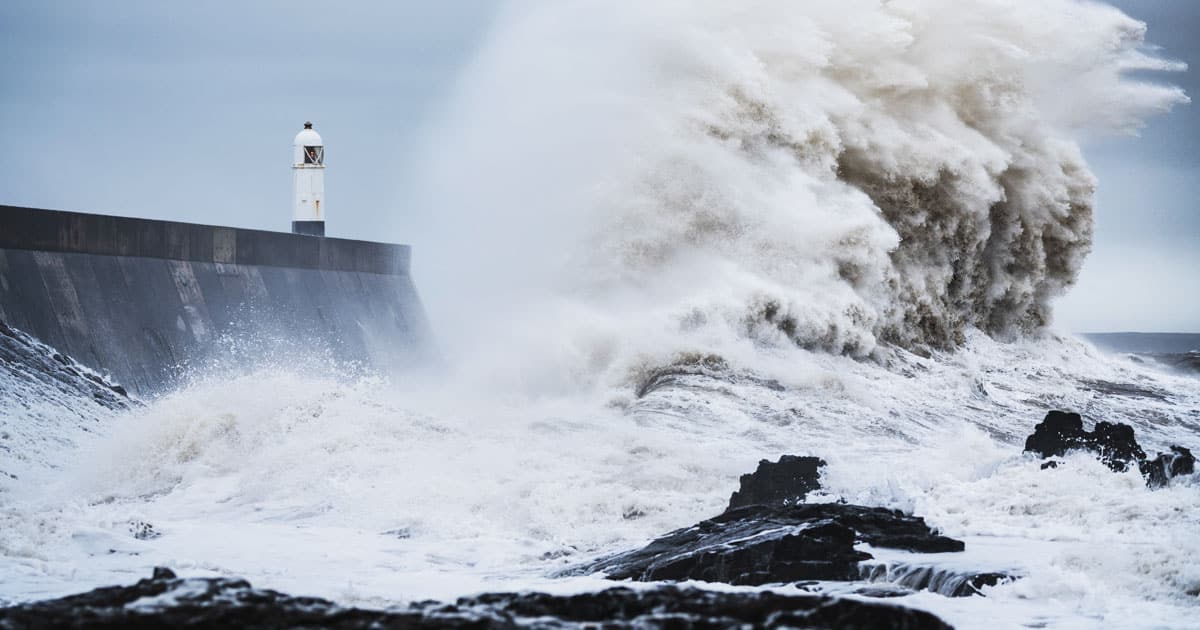An analysis by the environmental think tank, the Council on Energy Environment and Water (CEEW), has mentioned that the yearly average of Indian districts affected by cyclones tripled, and the hurricane frequency doubled after 2005.
In the last 50 years, India has also recorded a 12-fold surge in the number of associated cyclonic events that include extreme rainfall, floods, sea-level rise, and thunderstorms. The frequency and intensity of these extreme weather events over the country are likely to increase over the coming decades.

The Bay of Bengal is the largest in the world, with about 500 million people living on the coastal rim that surrounds it. It is also the site of the majority of the deadliest tropical cyclones in world history. According to Weather Underground, 26 of the 35 deadliest tropical storms recorded have occurred here.
As per meteorologists, the worst places for storm surges are the shallow, concave bays where water, pushed by the strong winds of a tropical cyclone, gets concentrated or funneled as the storm moves up the bay. The Bay of Bengal is a “textbook example of this type of geography.”
Also, read Chekutty – Rekindling Hope With A Doll In Kerala’s Ravaged Village After The Floods
What makes matters worse are high sea surface temperatures in the Bay of Bengal, which can trigger extreme cyclones. Primarily, the north coast of the Bay of Bengal is more prone to catastrophic surges than anywhere on Earth. A study published in the journal Nature Communications established a link between this intensification and anthropogenic global warming.
With this, the frequency of intense cyclones has risen in the Bay of Bengal in recent decades.
But the Arabian Sea never had a history of such cyclones until the recent past.
Sea surface temperatures over the Bay of Bengal are always above 28°C, and therefore, it used to host way more cyclones than the Arabian Sea, which used to be cooler. Now, the surface temperatures in the Arabian Sea have increased rapidly during the past century, and the temperatures are very often above the warm pool threshold.
To be precise, Arabian Sea temperatures before cyclone formation are now 1.2 – 1.4°C higher in the recent decades, compared to those four decades ago. This, in turn, has led to an increase in the frequency and intensity of cyclones in the Arabian Sea. Additionally, it will cause widespread extreme rainfall events (above 150 mm/day), leading to floods that have also increased by threefold over India in response to Arabian Sea warming.
Climate projections indicate that the Arabian Sea will continue warming due to increasing carbon emissions, resulting in more intense cyclones in the coming days.

